Last week, the Co-op posted its full-year results for the year to 4 January, packed with interesting details that helped paint a picture of how the convenience specialist is faring. So, what did we learn and how is the business fixed to face the many and real challenges currently impacting the market? And what about those likely to kick in over the next year or so?
Trading
Sales were flat at £11.3bn, though the results were compared with the previous financial year, which was made up of 53 weeks. Co-op said that sales actually improved to the tune of £100m and, according to CEO Shirine Khoury-Haq, “2024 was an important year for us because we continue to right-size the business for medium to long-term sustainable growth”. She explains that “Co-op took some strategic decisions to divest some underperforming stores and funeral branches”.
Overall food sales were up 1.9% to £7.4bn with online sales surging 46% to £460m. The biggest highlight in the financials was a 475% jump in pre-tax profits to £161m.
Co-op Food MD Matt Hood says the retailer is progressing well on its strategy of “making convenience more convenient and focusing on being the best small store retailer”.
“We are the UK’s most shopped shop, with an average of 2.2 million shoppers visiting us every day. That equates to around 800 million shopping visits every single year.”
Hood also points to convenience market share growth, with the Co-op finishing the year with a share of 13.7% versus 13.1% last year, according to Circana. He says those Circana figures also show Co-op growing ahead of the wider convenience market by almost 5%. Co-op convenience sales were up 3.3% compared with a 1.6% decline for the convenience market as a whole.
This compares slightly less favourably with the numbers Hood cited when Co-op announced its half-year results in September. At that time, he referred to 2.5 million visits per day and a market outperformance of 7%. All the same, however, the full-year pattern still suggests an operator that has focused on driving its core business and is making decent strides.
Pricing
A big part of the Co-op strategy continues to revolve around its membership benefits and in particular its special pricing for members. Having launched its Member Prices initiative in April 2023, it has grown the number of products included in the promotion to reach a total of 1,300 Member Prices offers available over the year. Earlier this year, Co-op made these deals accessible to members using Deliveroo and last month it launched Aldi Price Match across its 2,400 stores, with 100 everyday own brand and fresh produce lines tied to the discounter’s prices. This latest pricing salvo was, again, only for Co-op members.
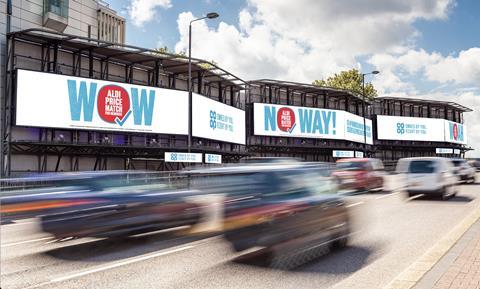
Launching Aldi Price Match, Hood acknowledged how critical price perception is becoming and branded it “the Achilles heel of convenience shopping”. He’s not the only one to realise this, of course. In March, a number of leading UK wholesalers told The Grocer how the price differential between traditional convenience stores and the major supermarkets and discounters was becoming a growing concern. Meanwhile, Tesco and Sainsbury’s have both been battling to change consumer perception of pricing in their convenience estates. In November, Sainsbury’s launched the first Aldi Price Match in convenience when it rolled the scheme out to its 800 Local format stores, while later that month Tesco responded with price cuts to more than 200 items at its Express stores.
While it is still too early to assess the impact APM is having in Co-op stores, the £88m it has invested in lowering prices for members in the past financial year does seem to be having a positive impact. Co-op membership is up 22% to 6.2 million, and there seems to be growing confidence from within the business that measures such as Aldi Price Match will drive its recruitment of new members sufficiently to hit its target of eight million by 2030.
Other positive signs for this include a 66% increase in new members joining who are aged 25 and under. This has driven the average age of a Co-op member down by two years to 51. Membership numbers have also been boosted by the opening of the new Co-op Live arena in Manchester. The venue may have been beset by teething problems that delayed its opening last year, but since it has been fully up and running, 108,000 new members have joined as a result of events at the arena.
Balance sheet
Addressing the society’s balance sheet and in particular its concerning debt position was Khoury-Haq’s number one priority when she claimed the hot seat in 2022, and she is clearly proud of the progress on this.
Net debt was reduced by £27m in the year to £55m, marking an overall reduction of 94% over the past three years. During 2024, the society’s credit rating was upgraded by Standard and Poor’s and it renewed its £400m sustainability linked credit facility out to 2029, which CFO Rachel Izzard describes as “a clear example of how our Co-op good financial management works hand in hand with purpose”.
Store estate
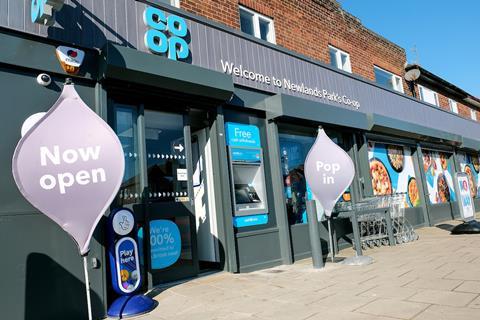
While Hood loves his “most shopped shop” mantra and the society had been trimming underperforming stores from the estate, there remains a strong appetite for growth in terms of the Co-op’s footprint. In the past year it invested £82m in its food retail estate across new stores relocations, refits and buying freeholds. This was more than double the year before. Co-op has also confirmed that it is on track to hit a target of 120 new stores this year. “We’ve been laser-focused on being the best small store operator regardless of where that store location is or the demographic around it,” Hood says. “And we’ll continue to make sure that we have the right proposition for all of our shops.”
On top of the current new store pipeline, Co-op says it will look to increase the pace of new store openings next year.
Between its stores and online reach, Hood says Co-op is able to service 27% of the UK convenience market as a whole. “My ambition is to service 40% across all of our channels and we’re heading towards that,” he says.
Wholesale
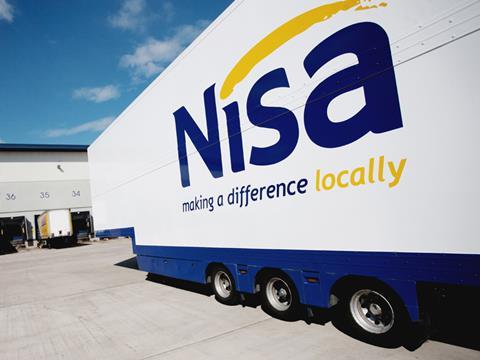
While the core retail estate seems to be in fairly rude health, the same cannot be said for its Co-op Wholesale business, or for those old enough to remember last month Nisa, which it bought for £137.5m in 2018. There was some positive news in the full-year performance versus the first half. In September, Co-op said that Nisa had made a loss of £8m in the first six months. Last week it reported that for the full year the loss had come back down to £1m. However, this was still compared with a £14m profit the previous year. Overall wholesale sales fell 5.5% to £1.4bn, which Co-op said was driven by investment in price for retail partners.
Co-op MD for B2B and growth Jerome Saint-Marc believes the work the business is doing in terms of pricing and the new Co-op Wholesale moniker is getting the division back on track.
“Last year, we focused on starting to lay the foundation for future growth opportunities across the division,” he says. “While the conditions in the wholesale market have been challenging, we have continued to proactively support partners with significant price investments.
“Pleasingly, despite the tough markets where the broader sector saw a decline in volume of 6.7% across symbols and independents, we held Nisa market share at 11.9%.”
Since 2018, however, one of the biggest fears for Nisa retailers has been price competition from nearby Co-op stores and in particular cheaper prices on Co-op own brand items. There is now a sense of fresh concern over the Co-op’s new Aldi Price Match proposition. Saint-Marc is clear this will not be coming to its retail partners’ stores any time soon.
“The Aldi Price Match is for our members and I think that’s important to have that distinction,” he says.
“Our policy is very clear. We will ensure that our wholesale customers do not pay more than they would pay in a Co-op store on standard price, not member price.”



![XOXO-Product-Shot[ALL FLAVOUR]-Sky-1920x1080](https://dmrqkbkq8el9i.cloudfront.net/Pictures/274x183/4/9/2/355492_xoxoproductshotallflavoursky1920x1080_806584_crop.jpg)
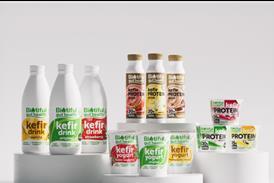


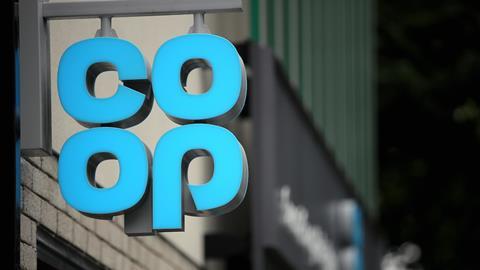

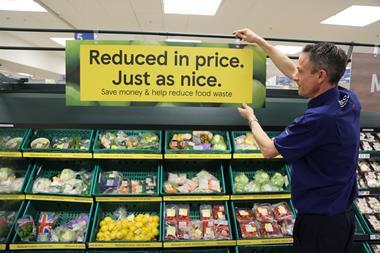
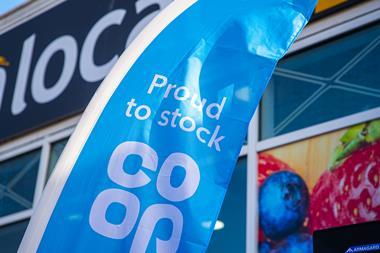

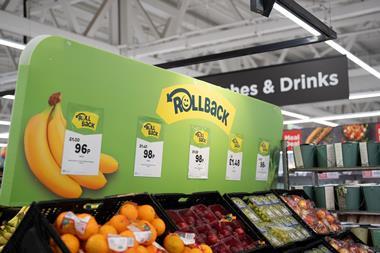
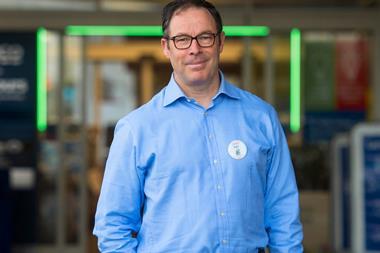





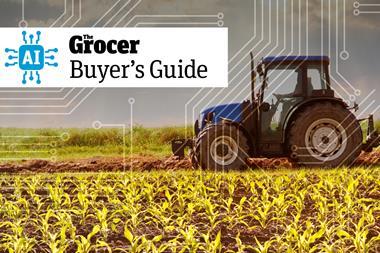
No comments yet